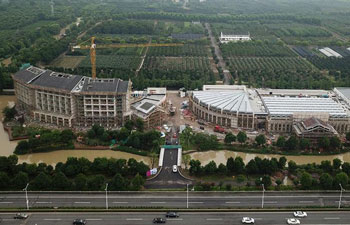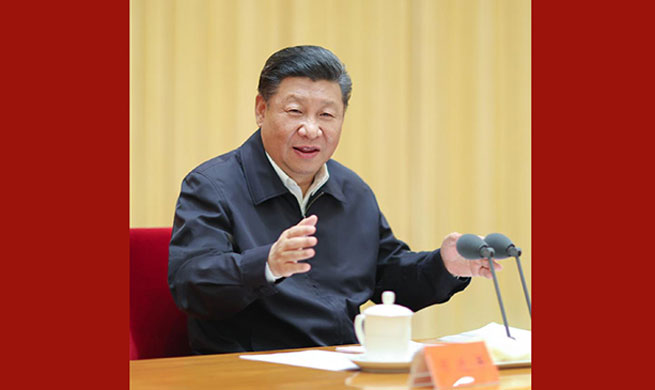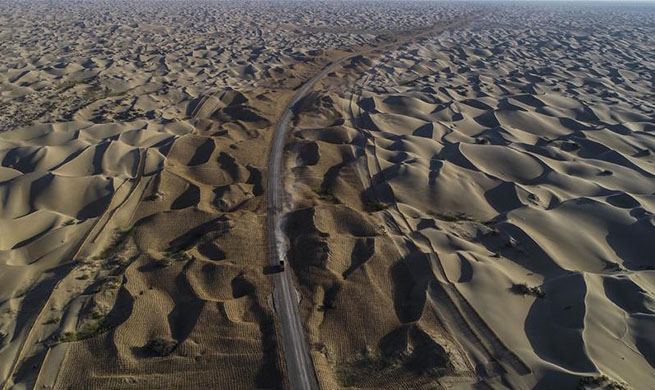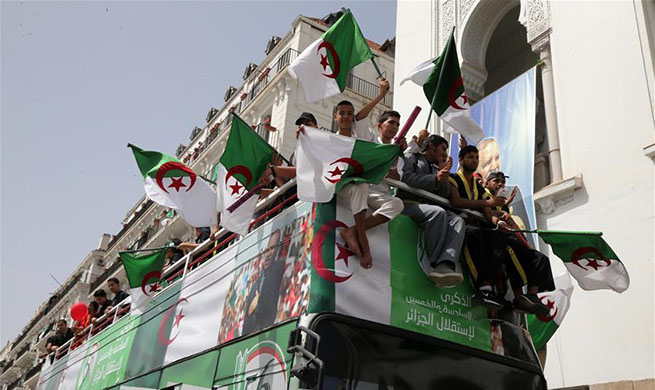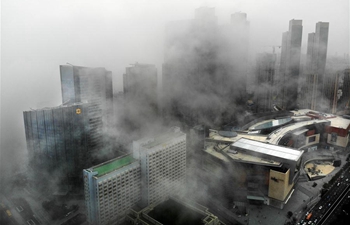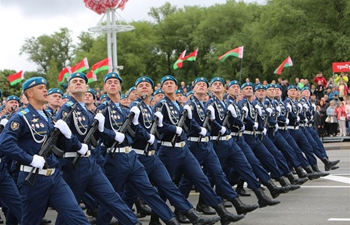DHAKA, July 6 (Xinhua) -- Through swift measures to develop eastern part of Bangladesh capital Dhaka has a unique opportunity to relieve the flooding, congestion, and messiness that are clogging the mega city's growth and affecting the quality of life of its people, says a new World Bank report released Thursday.
The report, "Toward Great Dhaka: A New Urban Development Paradigm Eastward", lays out a strategic vision for the city to unlock its development potential.
"Inspired by the success of Pudong, Shanghai, but based on localized economic modeling and simulations, the report recommends three critical interventions to develop East Dhaka," said the Washington-based lender in a statement on launching of the report.
The east part of Dhaka is mainly rural at present, but it is located within a few kilometers of the most valuable parts of the city.
The three interventions are: building the eastern embankment along the Balu River to mitigate flooding; developing transport links and public transit to ease congestion; and creating a world-class business district with sound policies to attract firms and residents eastward.
The report analyzes how these interventions could propel Dhaka toward becoming a global city and a stronger economic powerhouse for Bangladesh. If adopted, average income per capita in Dhaka could reach 9,200 U.S. dollars by 2035 compared to less than 8,000 U.S. dollars on current trends.
"Dhaka's residents currently face many difficulties, as the city's infrastructure development has not kept pace with the substantial growth of its population and traffic," said Martin Rama, the World Bank's Chief Economist for South Asia.
"Developing East Dhaka with a strategic approach will result in a more prosperous and livable city. But action must be taken now, to avoid replicating the messy urban development of the past, and to mitigate environmental and social risks. Fixing East Dhaka in the future will be much more expensive and difficult."
Dhaka's population has increased from 3 million in 1980 to more than 18 million today, with 3.5 million residents currently living in slums that lack basic services, said the Washington-based lender.
Average driving speed has slowed from 21km/h to less than 7km/h, and 3.2 million working hours are wasted everyday due to congestion. Social costs will worsen without a different approach to urban development, as Greater Dhaka will be home to 25 million people by 2035 on current trends, it said.
"Because of its vast size and proximity to the city center, East Dhaka represents a golden opportunity that few mega cities in the world have. But seizing this opportunity requires a clear mandate by authorities, good collaboration between agencies, and concerted implementation," said Qimiao Fan, the World Bank's Country Director for Bangladesh.
"As a long-term development partner, the World Bank stands ready to work with the government and the people of Bangladesh to transform the dream of a great Dhaka into a reality."
According to the bank, the three interventions proposed in the report could enable Dhaka to comfortably host an extra 5 million inhabitants, and to create 1.8 million additional jobs, compared to a continuation of business as usual.
The interventions would cost about 15 billion U.S. dollars, but they could lead to 53 billion U.S. dollars in increased economic activity per year by 2035, the report said.




